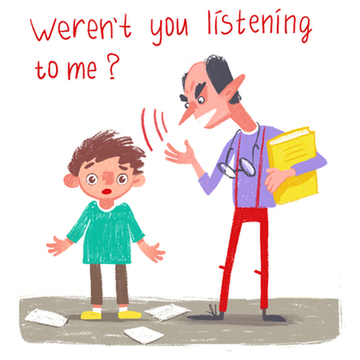
Think of it as quality time…..
The work you do in class can save you work you need to do at home. So I reckon you should try to get as much as possible done in class! Taking good notes in class is one of those areas…
Taking good notes in class is a skill which will see you through your school and college, as well as work, so it’s worth learning how to do it effectively. Ok, I admit it is boring, but unless you have a photographic memory it’s a necessary evil.
Here are some thoughts to get you started:
The shortcut approach
Below this section is all kinds of good advice. But personally I ignore most of that “correct” approach and make my life much easier. This is what I do:
I download study notes from the Internet that someone else prepared and print it out into a booklet. The internet search might take a little while, but I always find something.
I take this booklet into class and I make my notes on that booklet of notes. The benefits are:
- I don’t have to write everything down. It saves a lot of time
- I can double check my understanding against existing notes
- if I miss a lesson, I still have notes
- I can add interesting bits of information
- I can check for completeness
It makes my life so much easier….
But anyway, here is also the right way to do things :o)
Be prepared.
Make sure you have everything you need before each lesson. Pens, pencils, and notepads are essential items.
Abbreviate.
These notes are for your eyes only, so don’t be afraid to use ‘text speak’ when writing them. Chances are that you will write more slowly than the teacher speaks, so by abbreviating your words you will be able to get more down on paper.
Review.
You take a lot of lessons in a week, so it’s easy to get lost and forget where you are, so spend a couple of minutes recapping what you learned in the last lesson of that subject.
Ask Questions.
If there is something you don’t understand and you don’t want to stick your hand up and ask there and then (although this is best), continue taking notes but underline the part which is puzzling you in a different color. When it comes to asking the teacher at the end of the lesson (don’t leave it any longer than that) you will be able to find the part you need to be clarified.
Less is more
Don’t write too much. Try to summarize what you hear into critical points. This is a difficult skill to learn, but bullet point lists are the way to go
Be Neat and file your notes
Nobody wants to have to decipher a load of scribbles on a page! Try and keep your notes neat so they’re more visually appealing when you need to revise. If possible, use an A4 pad, so that the notes can be transferred into a ring binder with dividers to separate each subject.
Recap.
Go back over your notes as soon as you can, to fill in any blanks or add comments. Doing this while the lesson is still fresh in your mind will be a lot easier than trying to remember what something means when you’ve had another ten lessons since you wrote them.
Further Reading:
http://www.edudemic.com/effective-ways-to-take-notes-in-class/
https://www.studiosity.com/blog/how-to-take-awesome-notes-in-class

